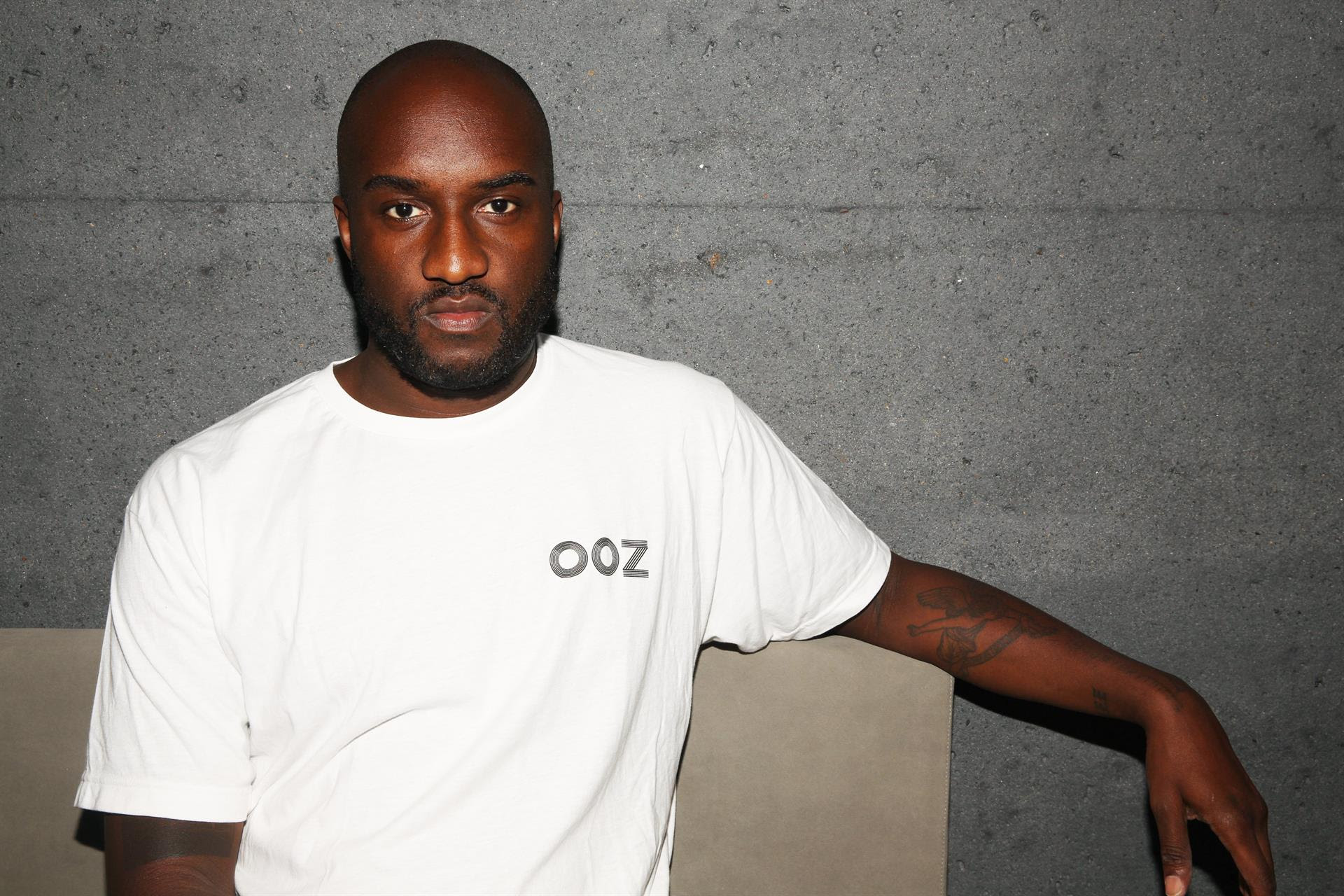You can’t talk about fashion these days without talking about streetwear. What was once the preserve of skate and hip-hop cultures is now everywhere, from Balenciaga to Valentino. Virgil Abloh is the reigning king of streetwear, taking it into the highest echelons of design as Menswear Artistic Director of Louis Vuitton. And yet, our streetwear lord and saviour just told a crowd at WWD’s Apparel and Retail CEO Summit that the term is a kind of trap. “It’s sort of seen as an ingredient that you just sprinkle on anything, but more what it means in the practical sense is clothing that people wear on the street,” the designer said.
The term streetwear has become blown-out beyond all original meaning as it’s been co-opted by capitalist behemoths and used as a marketing buzzword to try and tap into some of that cultural — and literal — gold owned by the likes of Supreme and Palace. Streetwear has always been synonymous with hype, it’s the currency it trades on. But it’s also what might burst its bubble, according to a recent Highsnobiety article. When it becomes all about extremely blown-up prices on resale sites, when cost doesn’t correlate with an sense of value, and when meaning has been lost into the deep abyss of late-capitalism, streetwear loses its ability to capture the mood of youth culture.
“I think the key word is relevancy. If something is relevant it’s already occurring on the street, you see it. When the brand is sort of communicating relevant things, you’re going to see a major sort of engagement. But it’s not a figurative thing that can be designed into products or designed into campaigns.” If streetwear can recapture relevance remains to be seen. But its legacy will still be the defining feature of fashion in 2010s.

